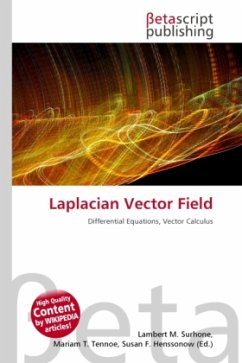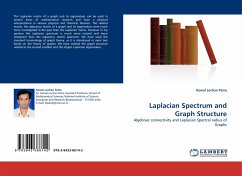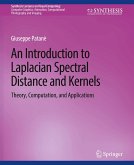High Quality Content by WIKIPEDIA articles! In vector calculus, a Laplacian vector field is a vector field which is both irrotational and incompressible. In mathematics, the Cauchy Riemann differential equations in complex analysis, named after Augustin Cauchy and Bernhard Riemann, consist of a system of two partial differential equations that provides a necessary and sufficient condition for a differentiable function to be holomorphic in an open set. This system of equations first appeared in the work of Jean le Rond d'Alembert (d'Alembert 1752). Later, Leonhard Euler connected this system to the analytic functions (Euler 1777). Cauchy (1814) then used these equations to construct his theory of functions. Riemann's dissertation (Riemann 1851) on the theory of functions appeared in 1851. The equations are one way of looking at the condition on a function to be differentiable (holomorphic) in the sense of complex analysis: in other words they encapsulate the notion of function of a complex variable by means of conventional differential calculus.
Bitte wählen Sie Ihr Anliegen aus.
Rechnungen
Retourenschein anfordern
Bestellstatus
Storno








